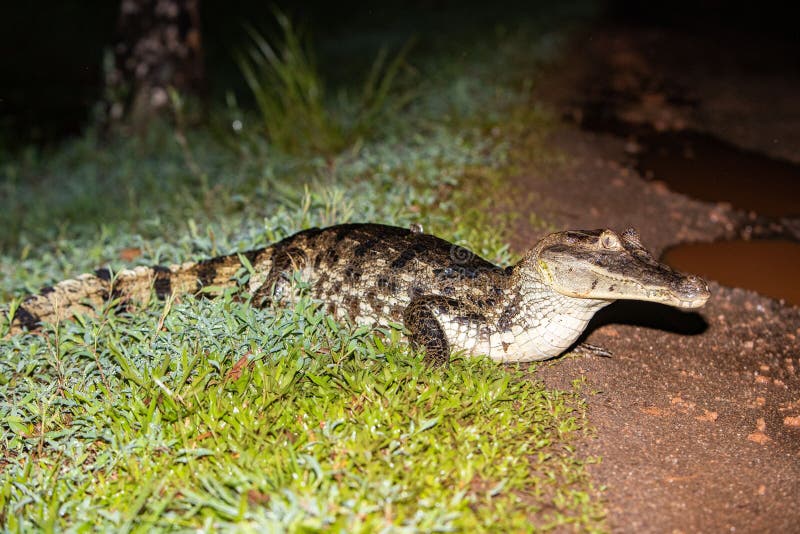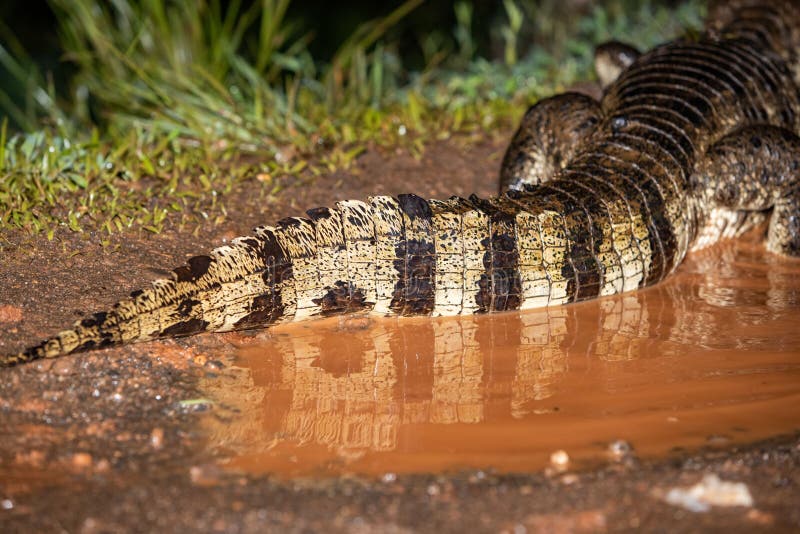List Crawling Alligator: A Comprehensive Guide To Understanding And Managing These Terrifying Creatures
When it comes to exploring the wild side of nature, few creatures evoke as much fascination and fear as the alligator. Known for their powerful jaws, stealthy movements, and ancient lineage, alligators are both formidable predators and vital components of their ecosystems. This article delves deep into the world of alligators, providing a detailed list of facts, behaviors, and management strategies for those who wish to understand or encounter them safely.
Understanding alligator behavior and habitat is essential not only for wildlife enthusiasts but also for those living in areas where alligators thrive. Whether you're a researcher, conservationist, or simply someone curious about these ancient reptiles, this guide aims to provide valuable insights into the life of alligators and how they interact with their environment.
From their physical characteristics to their role in the ecosystem, alligators play a crucial role in maintaining balance in wetland habitats. This article will explore everything you need to know about these fascinating creatures, including tips for staying safe in alligator-prone areas. So, let's dive right in!
Read also:Bon Jovis Lost Highway Album A Journey Through Rock And Roll
Table of Contents
- Biography of the Alligator
- Natural Habitat and Distribution
- Physical Characteristics of Alligators
- Diet and Feeding Habits
- Behavioral Patterns
- Reproduction and Life Cycle
- Conservation Efforts
- Human Interaction and Safety Tips
- Important Statistics and Studies
- Alligator Population Management
Biography of the Alligator
Overview of Alligator Species
Alligators belong to the family Alligatoridae, which includes two living species: the American alligator (Alligator mississippiensis) and the Chinese alligator (Alligator sinensis). The American alligator is the more widely studied and recognized species, primarily found in the southeastern United States. The Chinese alligator, on the other hand, is critically endangered and native to the lower Yangtze River basin in China.
Below is a table summarizing key data for both species:
| Species | Scientific Name | Location | Average Size | Conservation Status |
|---|---|---|---|---|
| American Alligator | Alligator mississippiensis | Southeastern United States | 10-15 feet | Least Concern |
| Chinese Alligator | Alligator sinensis | China (Yangtze River Basin) | 5-7 feet | Critically Endangered |
Natural Habitat and Distribution
The natural habitat of alligators varies depending on the species. American alligators are primarily found in freshwater environments such as swamps, marshes, rivers, and lakes across the southeastern United States. Their range extends from North Carolina to the Rio Grande in Texas. Chinese alligators, however, are confined to a small area in the Yangtze River basin due to habitat loss and human encroachment.
Factors Influencing Habitat Choice
- Water availability and quality
- Temperature and climate conditions
- Availability of prey and nesting sites
Physical Characteristics of Alligators
Alligators are large reptiles with a robust build and powerful tails that propel them through water. They have armored skin with bony plates called osteoderms or scutes, providing protection against predators. Their eyes, ears, and nostrils are positioned on top of their heads, allowing them to remain submerged while still being able to see, hear, and breathe.
Key Physical Features
- Length: Up to 15 feet for American alligators
- Weight: Can exceed 1,000 pounds
- Teeth: Approximately 80 teeth at any given time
Diet and Feeding Habits
Alligators are opportunistic predators, feeding on a wide variety of prey depending on their size and availability. Their diet typically includes fish, turtles, birds, mammals, and even smaller alligators. Juvenile alligators consume insects, small fish, and amphibians, while adults can take down larger prey such as deer.
Feeding Techniques
- Stalking and ambushing prey
- Using their powerful jaws to crush bones
- Engulfing prey whole or tearing it into smaller pieces
Behavioral Patterns
Alligators exhibit a range of behaviors that help them survive in their environments. They are generally solitary creatures but may gather in groups during the breeding season or in areas with abundant food resources. Territorial behavior is common, especially among males during the mating season.
Read also:Christina Milian Nude A Comprehensive Look At The Controversy And Her Career
Common Behaviors
- Basking in the sun to regulate body temperature
- Creating burrows for shelter and thermoregulation
- Communicating through vocalizations and body movements
Reproduction and Life Cycle
Alligator reproduction is a fascinating process that begins with courtship rituals during the spring. Males produce deep bellowing sounds to attract females and establish dominance. After mating, females construct nests using vegetation and mud, where they lay eggs. Incubation lasts about 65 days, and the sex of the hatchlings is determined by the temperature of the nest.
Key Reproductive Facts
- Mating season: Late spring
- Clutch size: 20-50 eggs
- Hatchling survival rate: Low due to predation
Conservation Efforts
Conservation of alligators has been a success story, particularly for the American alligator. Once listed as an endangered species, their population has rebounded thanks to strict hunting regulations and habitat protection. The Chinese alligator, however, remains critically endangered, requiring intensive conservation efforts to prevent extinction.
Conservation Strategies
- Establishing protected habitats
- Implementing sustainable hunting practices
- Monitoring population trends through research
Human Interaction and Safety Tips
While alligators are generally shy and avoid human contact, encounters can occur, especially in areas where human development encroaches on their natural habitats. Understanding how to behave around alligators is crucial for ensuring safety.
Tips for Staying Safe
- Keep a safe distance from alligators
- Never feed alligators, as it can make them associate humans with food
- Avoid swimming in areas known to have alligator populations
Important Statistics and Studies
Studies on alligator populations provide valuable insights into their ecology and conservation needs. For example, the American alligator population in the southeastern United States is estimated to be over five million individuals, highlighting the success of conservation efforts. In contrast, the Chinese alligator population is estimated to be fewer than 150 in the wild.
Key Statistics
- American alligator population: Over 5 million
- Chinese alligator population: Fewer than 150
- Annual alligator attacks in the U.S.: Approximately 10
Alligator Population Management
Managing alligator populations involves balancing conservation goals with public safety concerns. In areas where human-alligator conflicts arise, wildlife agencies implement strategies such as controlled hunting, relocation, and education programs to minimize risks.
Management Techniques
- Regulated hunting seasons
- Relocation of nuisance alligators
- Public awareness campaigns
Conclusion
Understanding the world of alligators is essential for anyone interested in wildlife conservation, safety, or simply learning about these incredible creatures. From their ancient lineage to their vital role in ecosystems, alligators are fascinating animals that deserve respect and protection. By following safety guidelines and supporting conservation efforts, we can coexist peacefully with these powerful predators.
We invite you to share your thoughts or experiences with alligators in the comments below. Additionally, feel free to explore other articles on our site for more information on wildlife and nature. Together, we can promote awareness and appreciation for the incredible biodiversity of our planet.


